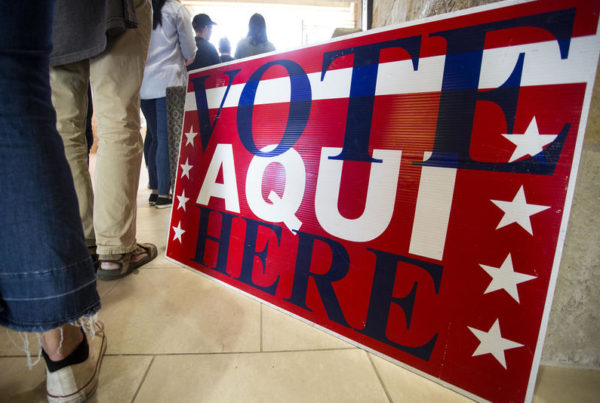2020 is a leap year. That means it has one extra day, which happens to fall this month, on Feb. 29. For some, leap day is a reason for celebration. The small town of Anthony, Texas even has a four-day festival to honor the occasion.
Kevin Krisciunas is an associate professor in the Department of Physics and Astronomy at Texas A&M University. He says all the hoopla around leap day has origins in the time of Julius Caesar. He developed the precursor to the modern Gregorian calendar, and his advisors back then alerted him that a year comprised slightly more than 365 days. So he declared that every four years, those partial days would be combined into one extra day – what we call “leap day.”
Since then, though, Krisciunas says astronomers have discovered that each year isn’t quite 365-and-one-quarter days; it’s actually slightly less. Because of that, they decided that some century years, like 1700, 1800 and 1900, would not be leap years. But he says even that doesn’t solve all of the issues when it comes to making a calendar that reflects the intricacies of the solar system.
Krisciunas says if for some reason we stopped adding a leap day every four years, our calendar would be out of sync with the stars.
Not every modern society or country has always followed the modern Gregorian calendar. Krisciunas says Greece, for example, didn’t switch to that calendar until 1923. And the Greek and Russian Orthodox churches still celebrate Christmas and Easter based on the old Julian calendar.
Written by Caroline Covington.















